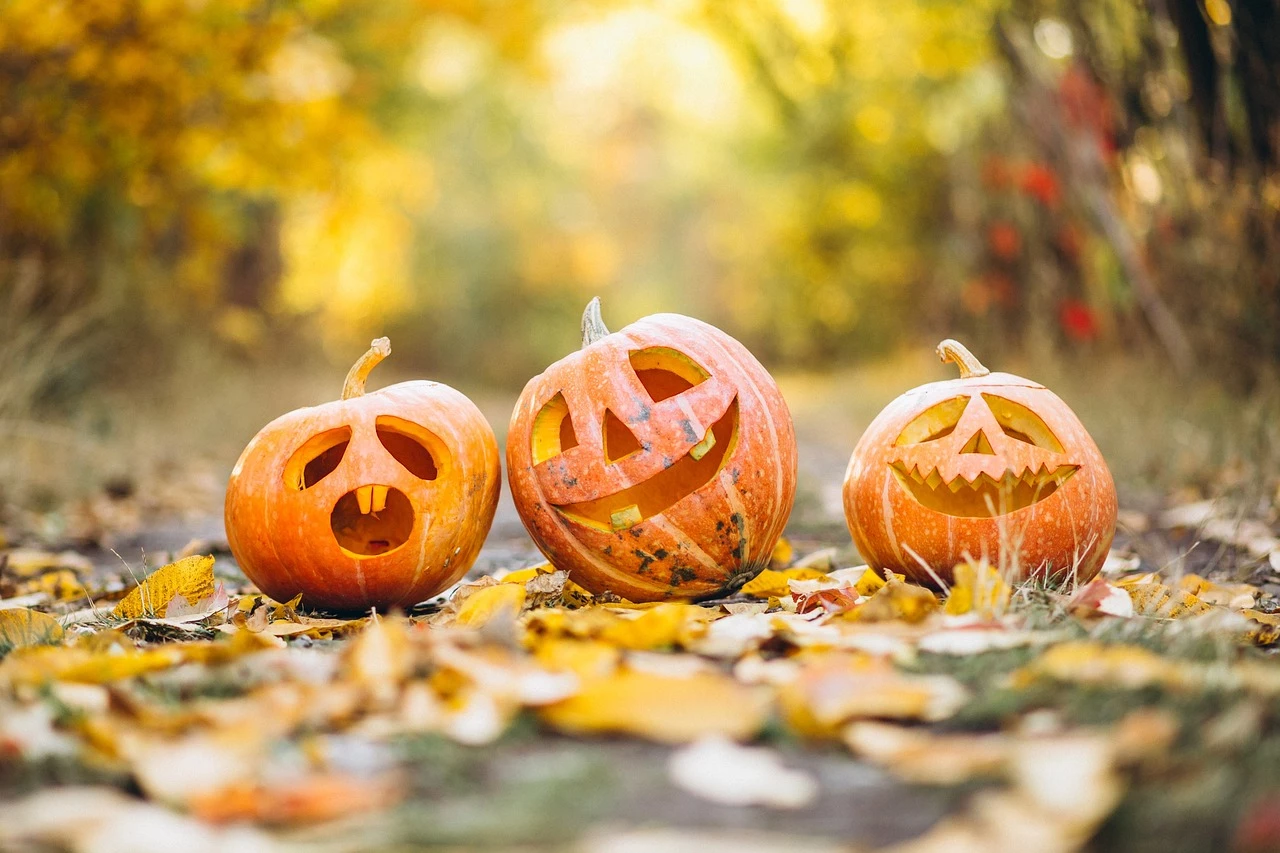While Halloween may not be traditionally Brazilian, today, it is celebrated by people all across the country. The festival was first popularised by American films, TV shows, and social media, and it has now evolved into a unique celebration that mixes international customs with local Brazilian folklore. Here, we will take you the evolution of this spooky festival in Brazil and give you an idea of what you have to look forward to.

The Influence of American Culture
The increasing presence of American culture in Brazil has played a major role in the adoption of Halloween. Although it is not a public holiday, many schools, language institutes, and businesses organise events around October 31st, celebrating with costume parties, themed decorations, and trick-or-treating activities. In larger cities such as São Paulo, Rio de Janeiro, and Brasília, it’s common to see people dressed as witches, vampires, or characters from popular films and series.While these celebrations are still mostly confined to cities and younger people, the enthusiasm is evident. Many families and children go to events organised by local communities or private clubs, where they can enjoy the fun of dressing up and collecting sweets. For adults, bars and nightclubs host Halloween-themed parties with costume contests and decorations.Halloween’s rise in popularity is also a testament to the Brazilian spirit of embracing and adapting global traditions. The excitement surrounding the holiday continues to grow, and each year brings more events and greater participation.
Costumes and Celebrations
Costumes are a central part of Halloween celebrations in Brazil. People go all out, creating elaborate outfits that range from traditional scary characters to their favourite TV and movie icons. They can then show off their costumes at parties, parades, and other events across the country.Of course, dressing up is embraced by children and many schools hold costume contests with parents becoming involved in creating fun and imaginative outfits for their kids. While trick-or-treating is not as widespread as in the United States, it is becoming more common in certain neighbourhoods, especially those with a strong community spirit, allowing children to go door-to-door collecting sweets.For adults, the celebration is often centred around parties and social gatherings. Bars and nightclubs in major cities host themed nights, where guests can dance and enjoy the festive atmosphere. These events have become popular social occasions, offering a chance to dress up, have fun, and take part in the Halloween spirit.
Dia das Bruxas and Dia do Saci
While Halloween is gaining ground in Brazil, there has been an effort to promote a local alternative: Dia do Saci, or Saci Day, celebrated on October 31st. Proposed in 2003 as a way to honour Brazilian folklore and culture, this day is named after Saci, one of the most iconic characters in Brazilian mythology.Saci is a one-legged figure who wears a magical red cap and smokes a pipe. He is known as a mischievous character, playing pranks and causing minor trouble wherever he goes. His legend varies throughout the country; in some regions, he is seen as harmless, while in others, he is considered more malevolent. Despite his playful nature, Saci has the power to grant wishes to anyone who can capture him or steal his magical cap.Dia do Saci was introduced as a response to the increasing popularity of Halloween, aiming to celebrate and preserve Brazilian cultural identity. Though it has not become a widely celebrated holiday across the country, it has gained significant traction in some areas. One notable example is the town of São Luiz do Paraitinga, in the state of São Paulo, where the celebrations last for nearly two weeks.During this time, the town comes alive with various cultural events, workshops, and concerts dedicated to Brazilian folklore. People dress as traditional characters, and the streets are filled with music, dance, and festivities that highlight the rich cultural heritage of Brazil.While Dia do Saci may not match Halloween in terms of popularity, it is part of a growing movement that celebrates Brazil’s own unique culture.
Brazilian Myths and Legends
In addition to Saci, Brazil has a wealth of other myths and legends that are perfect for adding a local twist to Halloween celebrations. Figures such as the “Curupira”, a forest protector with backward feet to confuse those who try to harm the woods, or the “Boitatá”, a fire snake that guards the forests, are deeply rooted in Brazilian folklore and are sometimes incorporated into Halloween stories and decorations.These characters are brought to life through storytelling sessions at schools or community centres, particularly around Dia do Saci. The events help keep these traditional narratives alive, and give both children and adults the chance to connect to their cultural heritage. Incorporating these stories into Halloween celebrations not only makes the holiday more relatable for Brazilians but also enriches it with local cultural elements.It is this blending of Brazilian and international traditions that creates a unique version of Halloween that is both familiar and distinctly Brazilian. It’s not just about adopting a foreign holiday but adapting it in a way that resonates with local sensibilities and stories.
A Celebration to Look Forward To
Each year, Halloween celebrations in Brazil grow bigger and more exciting. From the creative costumes and parties to the celebration of local legends through Dia do Saci, there’s no shortage of ways to have fun. Whether you’re planning to dress up, attend a party, or learn more about Brazilian folklore, we hope you have a fun and festive Halloween. And if you’re looking to add a little extra thrill to your celebrations, why not explore some Halloween-themed games at Galera Bet? There are plenty on offer and it’s a great way to enjoy the holiday spirit and maybe even win some money!
 An Introduction and Betting Guide to the X Games
An Introduction and Betting Guide to the X Games The Most Popular Esports of 2024
The Most Popular Esports of 2024 What is the Esports World Cup?
What is the Esports World Cup? Spin for Scarily Big Halloween Wins at Galera Big
Spin for Scarily Big Halloween Wins at Galera Big How to Bet on Fortnite with Galera Bet
How to Bet on Fortnite with Galera Bet Diogo F.
Diogo F. Lucas A.
Lucas A. Joseph O.
Joseph O. Adam C.
Adam C.